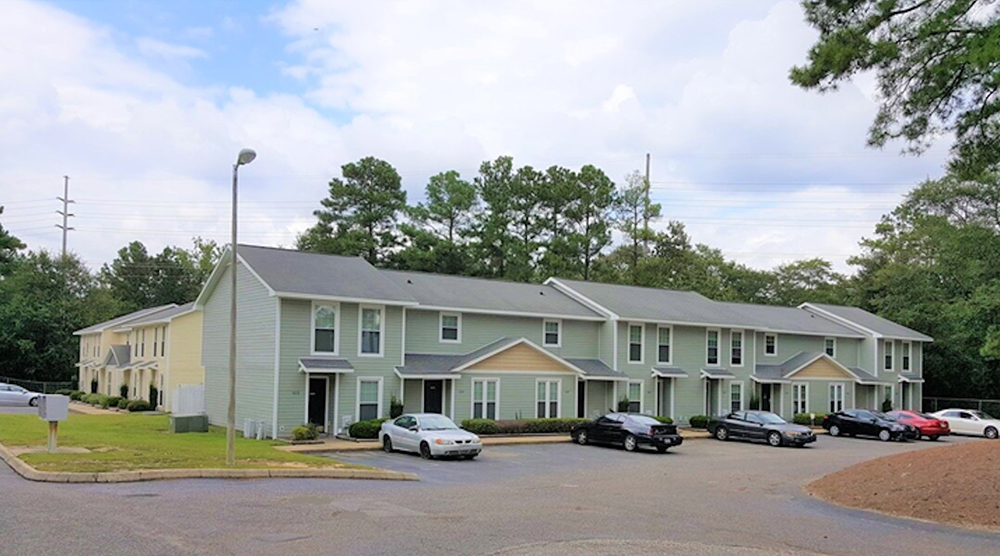News: Financial Digest
Posted: November 12, 2009
Exchanges push more equity into deals
We see retail cap rates rising in record quarterly increases while average sales prices continue to drop. Debt supply is squeezed tight with LTVs of 60-65% and Debt Service Coverage of 1.3x or higher. Restrictive loan covenants and recourse guaranties are the norm; properties need to show steady cash flow from quality long-term tenants; and borrowers must have skin in the game. In this iced-over credit market, "equity" is key.
Disposing property in the context of a 1031 exchange can be a particularly effective tool for unlocking equity. By deferring taxes due from depreciation recapture and/or capital gain, an exchange transaction releases extra equity to the seller. This, in turn, enables better loan terms for the taxpayer's next acquisition, holds down the cost of borrowing, and maximizes the use of leverage.
We can best see this by using a simple example (ignoring brokerage commissions, fees, other transaction costs, and state taxes). Let's say that Acme Corp. acquired Mass. industrial property many years ago for $500,000 (the original cost basis). Since then, $320,000 worth of depreciation has resulted in a current adjusted basis of $180,000. Acme's broker recently found a buyer willing to pay $980,000. Thus, Acme's anticipated gain from the sale is $800,000 (sales price less adjusted basis). Acme has no mortgage to pay off, so cash proceeds from the closing are $980,000. Acme plans on putting away $280,000 of the proceeds for federal taxes that will be owed as a result of the gain, based on Acme's corporate income tax rate of 35%. It will use the balance of the proceeds, $700,000, to buy an industrial office/warehouse facility in Cranston, R.I.
Acme negotiates to buy the R.I. warehouse for $2 million and will bring its equity of 700,000 to the closing. After some wrestling over terms, Acme's mortgage broker arranges for an acquisition loan of $1.3 million.
But note how the economics change if the company does the deal as a section 1031 exchange. Acme's capital gain stays $800,000. The closing agent wires 100% of the equity -- in this case, $980,000-- to the company's Qualified Intermediary (QI) for Section 1031 exchanges. A few months later, the QI wires the $980,000 into the warehouse closing, allowing Acme to use all of the equity from the first closing to acquire the warehouse as 1031 "replacement property." Acme's CFO is happy: the loan amount is reduced by 20%, to a more palatable $1,020,000 (Acme's banker is happy too; he likes the lower LTV and agrees to reduce some guarantees).
Let's change the scenario slightly by assuming that Acme wants to make immediate improvements to the warehouse (cost: $600,000), and needs a larger loan to do it. Alas, reflecting current lending conditions, Acme's bank has a maximum LTV requirement of 65%. Recall that, without an exchange, the company's net proceeds after taxes are $700,000. So, with the loan, Acme can buy property totaling $2 million - enough for the building alone. However, using a Section 1031 exchange, the extra equity of $280,000 allows Acme to leverage into a larger loan. Using its original $980,000 equity plus the higher loan, Acme can acquire total property and improvements worth $2.8 million - more than enough to buy and build.
Note that the $800,000 capital gain is only deferred. Acme will pay taxes later, when the warehouse is sold in an otherwise taxable transaction. Also, because of its carry-over basis, the stream of depreciation that would have otherwise been available from the Replacement Property will be reduced. In this difficult and unforgiving debt market, however, deferring tax payments to Uncle is a smart and timely method for bringing every dollar of equity to the table.
Edward Zaval is NE exchange counsel for IPX 1031, Boston, Mass.
Tags:
Financial Digest
MORE FROM Financial Digest
Preservation of Affordable Housing secures $23.5 million in financing from Rockland Trust and Citizens Bank
Cambridge, MA The nonprofit Preservation of Affordable Housing (POAH) has secured $23.5 million in financing from Rockland Trust and Citizens Bank to transform a 150-year-old, underutilized church complex into housing. The project will ultimately create 46 affordable family-sized apartments.
Columns and Thought Leadership

Conn. hospitality market: A technical appraisal perspective on market dynamics and valuation challenges (2019-2025)
The Connecticut hospitality market has demonstrated uneven recovery patterns between 2019 and 2025, with boutique and historic properties achieving $125 RevPAR in 2025, up 8.7% from the 2019 level. Coastal resort properties achieved a $105 RevPAR in 2025, representing 10.5% growth since 2019. Casino corridor properties maintained modest growth with RevPAR improving 4.5% to $92 in 2025.

Examples of investors who used Kay Properties for legacy and estate planning purposes for rental property/portfolios - by Dwight Kay
Preserving wealth across multiple generations requires strategic planning, foresight, and the right investment vehicles. Delaware Statutory Trusts (DSTs) offer a powerful solution for families looking to build and protect their financial legacy and to efficiently plan for their estate.









